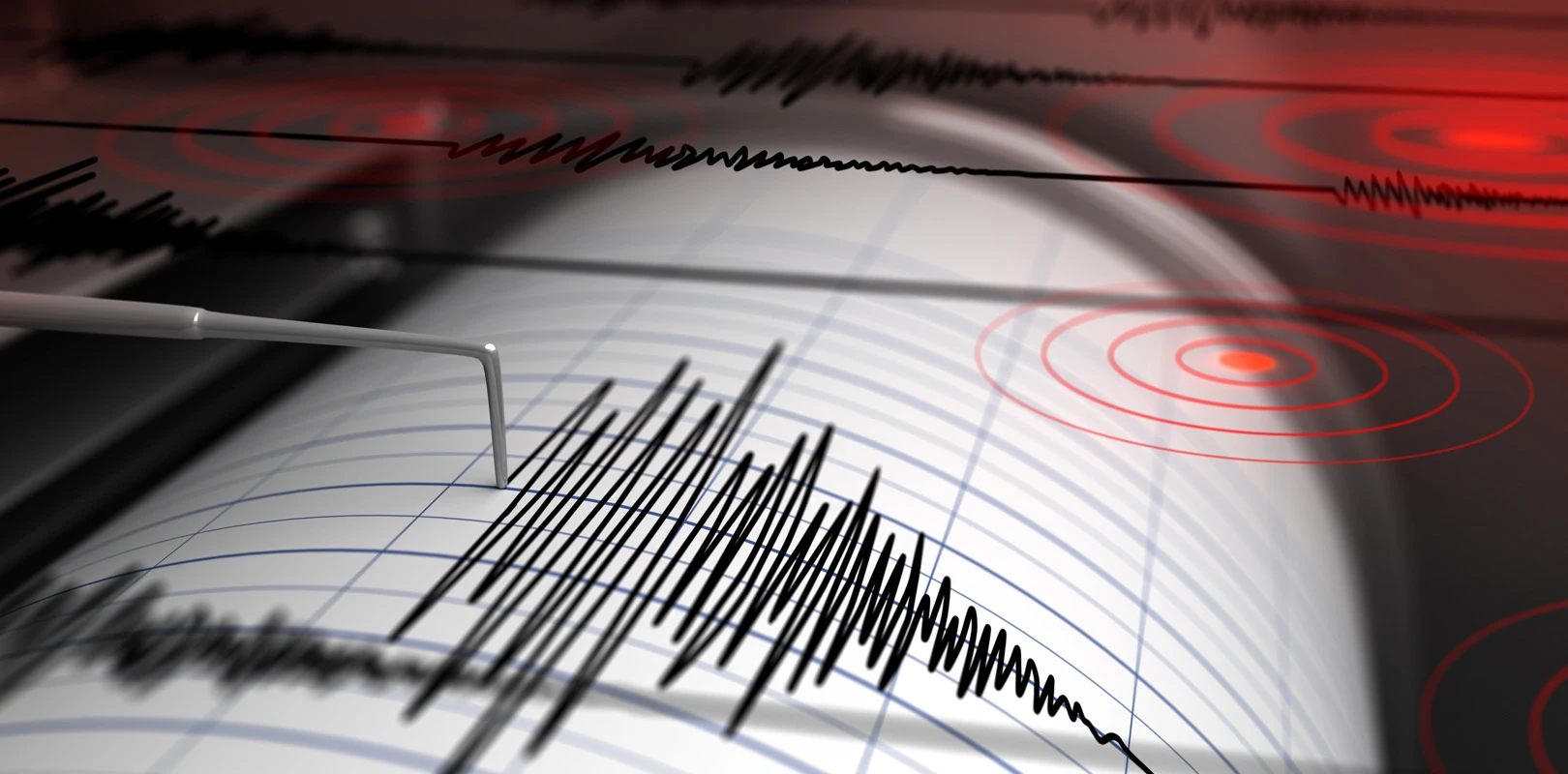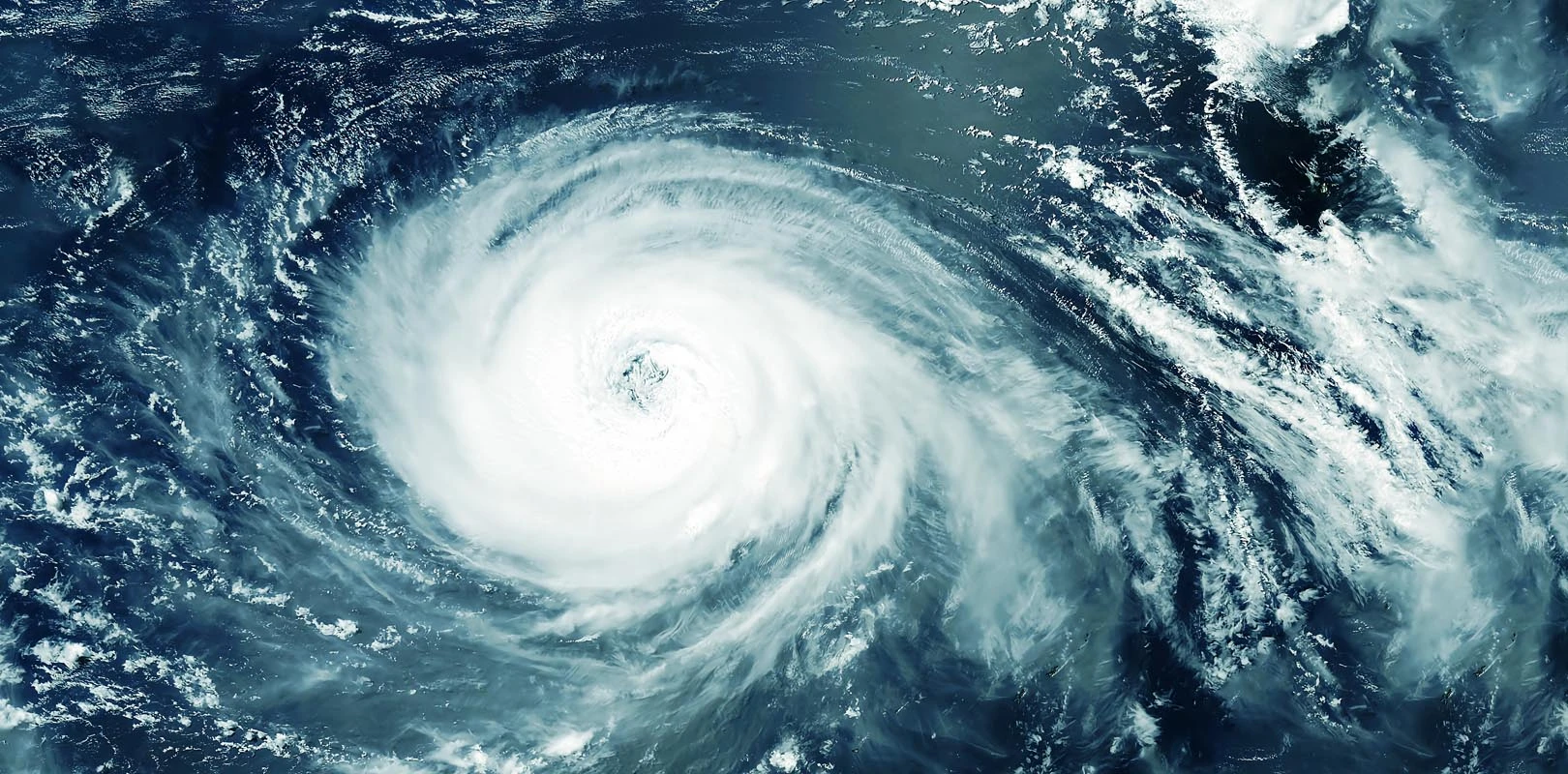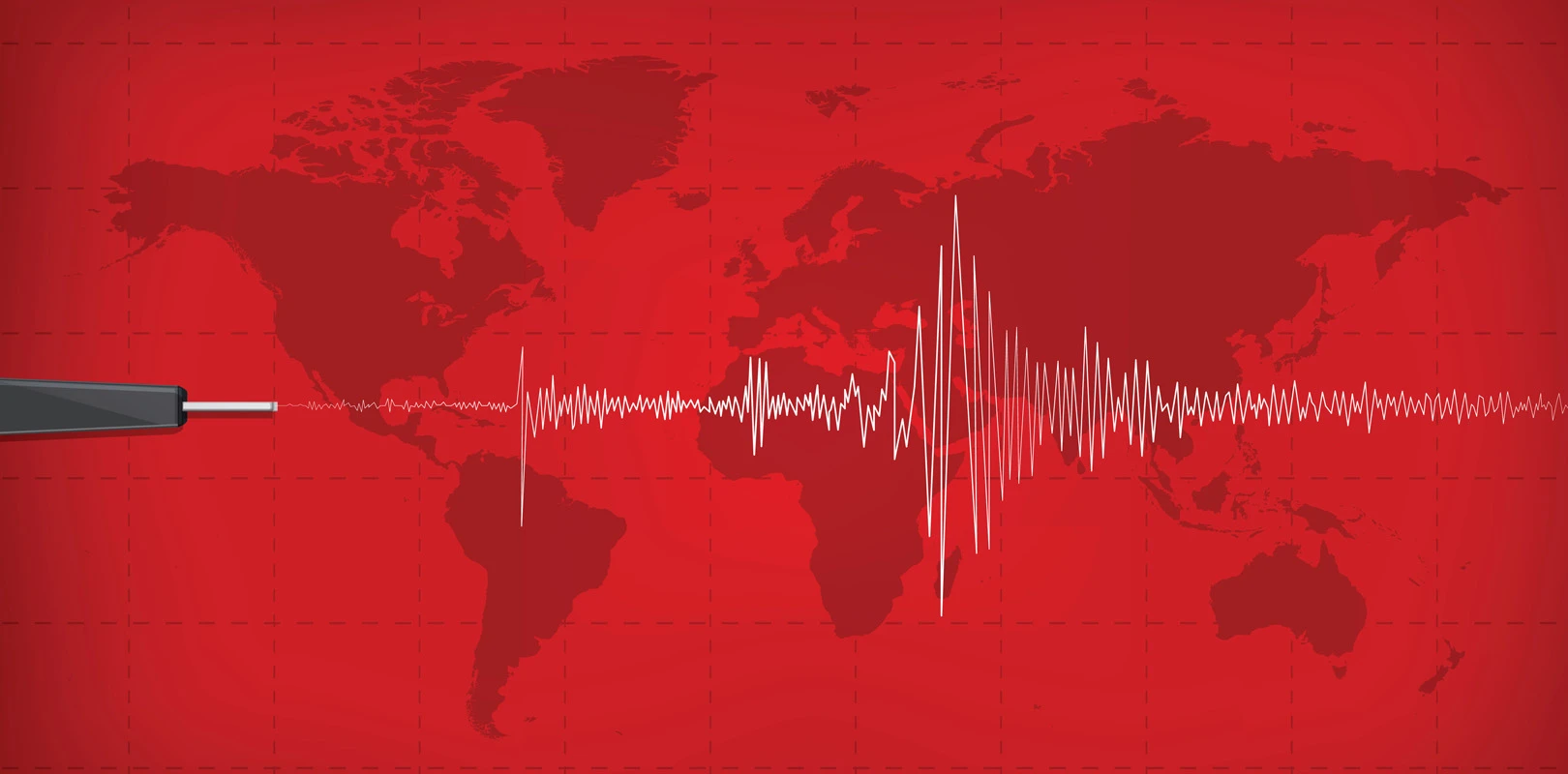On the morning of October 10, 2025, a massive 7.6 magnitude earthquake struck offshore near Davao Oriental, shaking the southern Philippines and spreading fear across Mindanao. The tremor was so powerful that it rattled homes, sent residents rushing into open spaces, and triggered tsunami warnings along the coast.
The epicentre was traced to the waters off Manay, Davao Oriental, at a shallow depth of about 10 km beneath the seabed. The shallow location made the quake especially intense, and for nearly half a minute the ground heaved violently. In Davao City, cars trembled and buildings swayed, while in nearby towns closer to the epicentre, families scrambled to safety.
For locals, it was yet another reminder of how frequent and unpredictable an earthquake in the Philippines can be, and that they just have to be prepared all the time.
The quake caused structural damage in several towns. Reports from Mati City confirmed collapsed homes, cracked roads, and disrupted bridges. Hospitals were forced to evacuate patients to a safer ground. Schools and government offices suspended operations, sent students and employees’ home.
Tragically, at least two people in Davao Oriental lost their lives. Many others suffered injuries, some from falling debris, others from panicked evacuations.
Aftershocks Shake
The ground did not settle quickly. A series of aftershocks followed the main tremor, one as strong as magnitude 5.9 just minutes later, along with dozens more smaller quakes.
By the evening of October 10, 2025, a more powerful magnitude 6.9 aftershock struck near Manay, Davao Oriental at 7:12 p.m., according to the Philippine Institute of Volcanology and Seismology (Phivolcs). The tectonic quake, located 36 kilometres south of Manay at a shallow depth of 10 km, was strongly felt. Phivolcs reported Intensity IV shaking in Davao City and Bislig City, Surigao del Norte.
The agency also issued a tsunami warning following the 6.9 offshore aftershock, once again raising concerns for coastal communities already reeling from the main event.
This continuing unrest underscored how a single earthquake in the Philippines can trigger a chain of tremors, keeping communities on edge long after the main event.
From 7.6 to 7.4
Initially reported as a 7.6 magnitude earthquake, scientists later adjusted the figure downward to 7.4 after further analysis of seismic data. PHIVOLCS explained that such revisions are normal, as early estimates rely on preliminary readings before all data is processed.
The quake was traced to movement along the Philippine Trench, a subduction zone where the Philippine Sea Plate dives beneath the Philippine Mobile Belt. Because of its shallow depth, even a small slip created massive shaking inland.
This was one of the strongest tremors to hit Mindanao in years. Historically, the Philippines has experienced several high-magnitude quakes, including the 2012 Samar earthquake, also at magnitude 7.6. While quakes are part of the country’s seismic reality, each earthquake in the Philippines leaves scars on both landscape and memory.
Reminder to All
- Preparedness must remain a priority, especially in quake-prone regions.
- Shallow quakes cause more severe shaking, even with slightly lower magnitudes.
- Aftershocks demand as much caution as the mainshock.
- Communities need stronger early-warning systems and resilient infrastructure.
- School/government should provide disaster preparedness education to equip people with life-saving knowledge.
The earthquake in the Philippines that struck Davao Oriental may have been later revised to magnitude 7.4, but for those who lived through it, the number hardly matters. Broken homes, lost lives, and shaken spirits speak louder than statistics. It is yet another wake-up call for the nation to strengthen its resilience in the face of nature’s unyielding power.
At Mabuhay Travel, we stand in solidarity with our Kababayans in Mindanao. In moments like these, the strength of community and the comfort of connection matter most. Whether you are returning home to be with loved ones or planning future journeys back to the Philippines.
Let us be your trusted partner in bringing you closer to family, resilience, and hope. Book with us and let every flight be a step towards rebuilding and togetherness.



